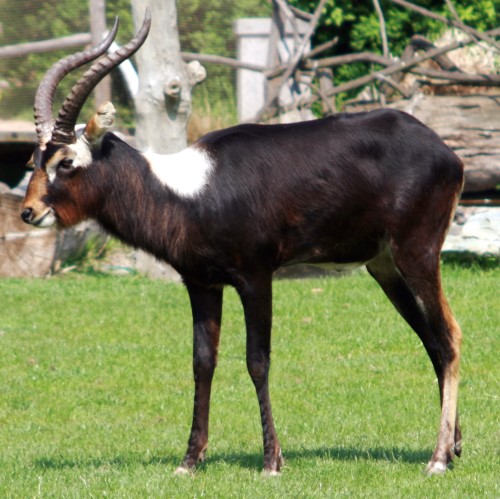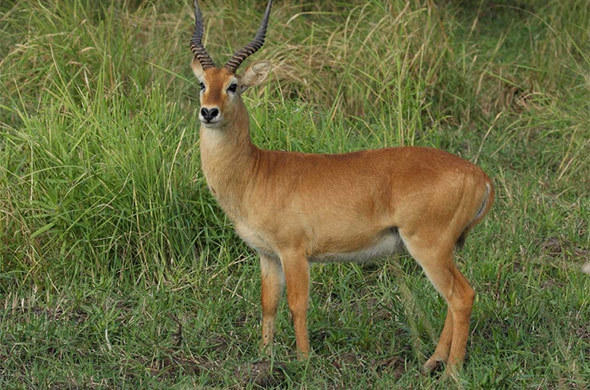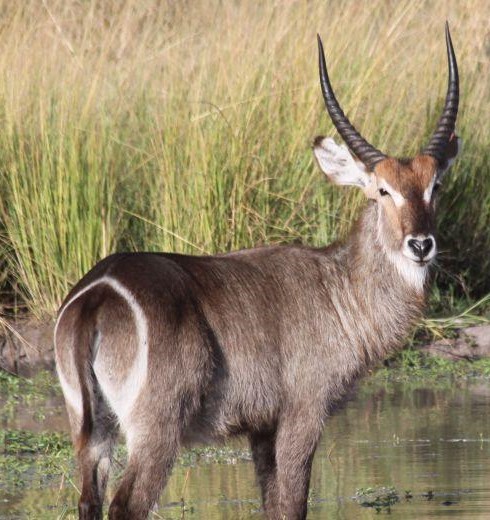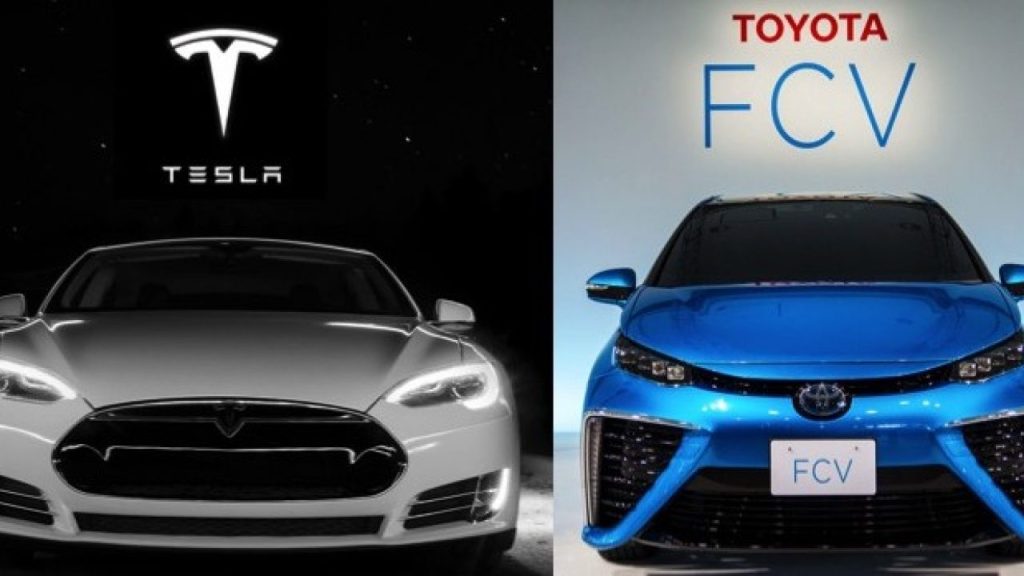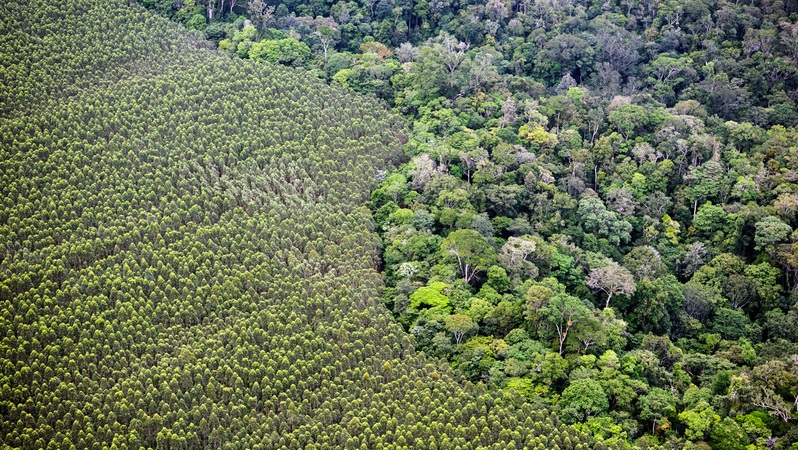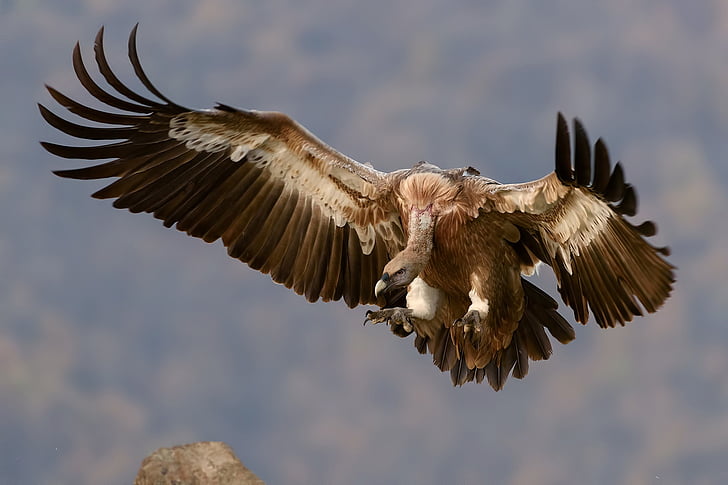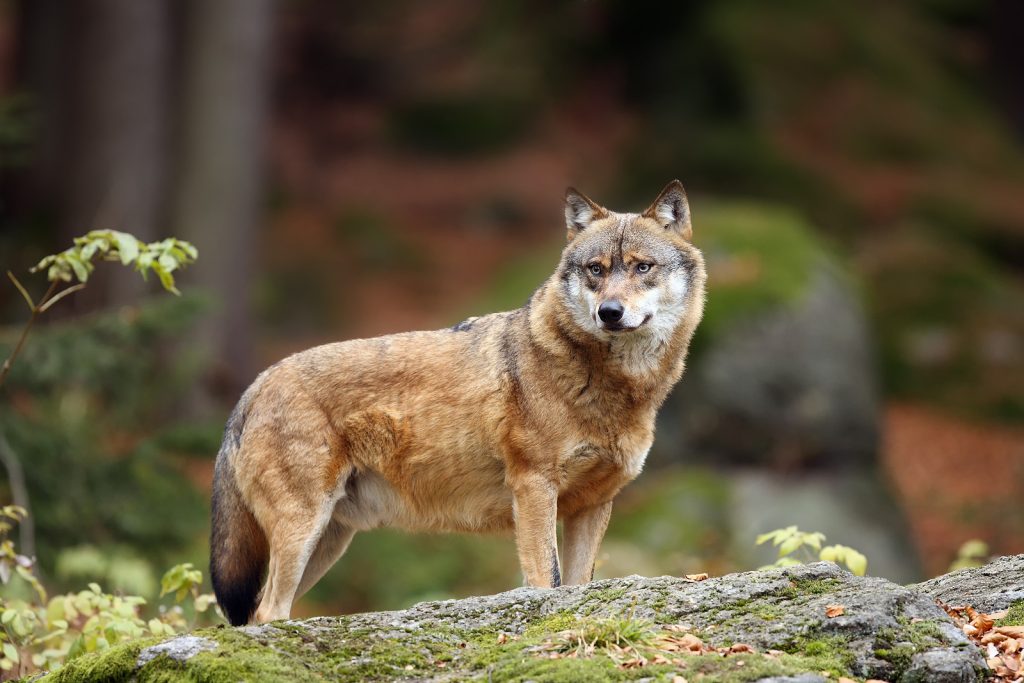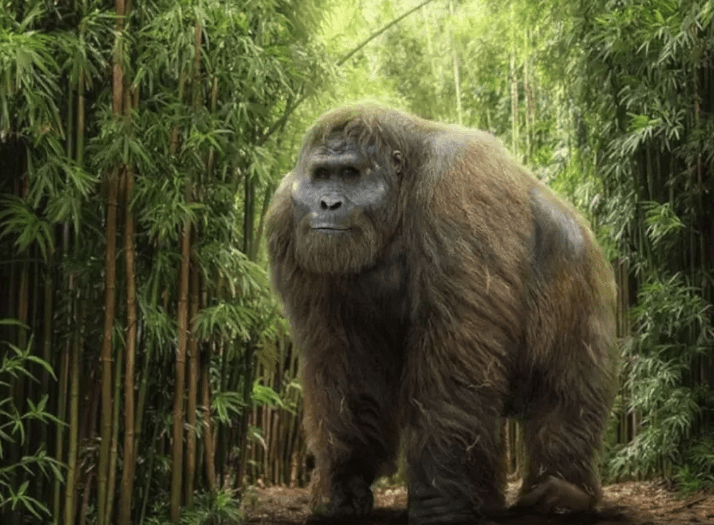
The UK watchdog (amongst many other groups) have concluded that hydrogen boiler is a stupid idea. It is true that its only waste product is water and oxygen, but the cost of making the hydrogen is very high.
Should there be large quantities of hydrogen sitting around, then this might make sense – burning hydrogen is generally a very clean fuel. The problem is, that it is almost impossible to store or transport it without loosing much on route, and it is incredibly expensive to split water – the current form for the vast majority of the hydrogen on the planet. Fossil fuel companies are keen, because their old methods can extract and split hydrogen, but it will mean large carbon emissions as well, so is useless – there is a reason that it is called grey hydrogen. Green hydrogen is the only kind that will give us any profit as a world.
So why is the government supporting the switch (alongside gas focused industry). The department for energy security and net zero stated this week that the gas network ” will always be part of our energy system”. I am not sure why anyone would look at it, given an air-source heat pump is likely to be around price parity, and ground source heating even cheaper.
Installation, at the cheap end will be far cheaper than a heat-pump, but this will be more than made up for over the lifetime of the device. Furthermore, with the grants currently available, you are far better off going straight to a heat pump. This is a waste of time and money, and it would not be remotely surprising, if you had to remove it before the end of its life,as it would be costing too much

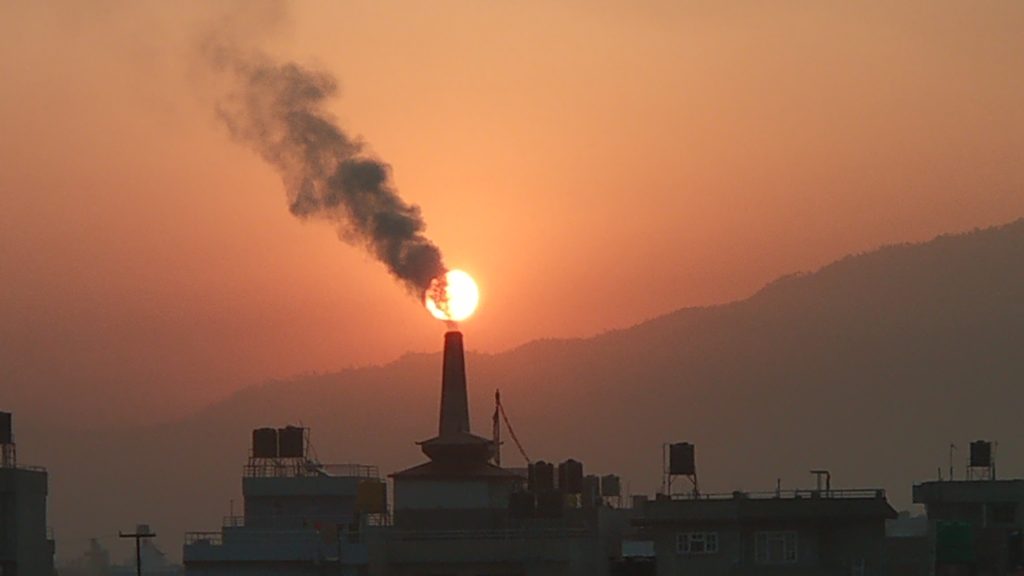
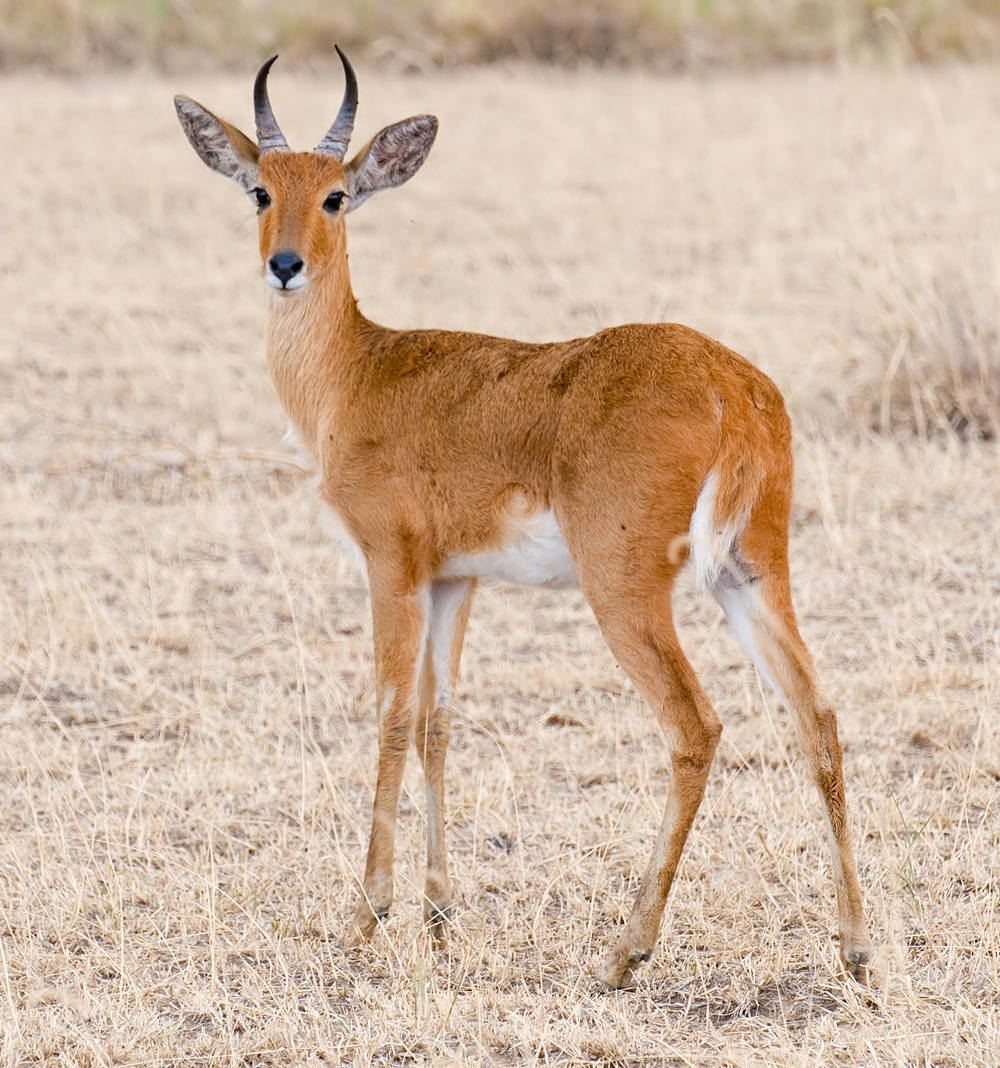

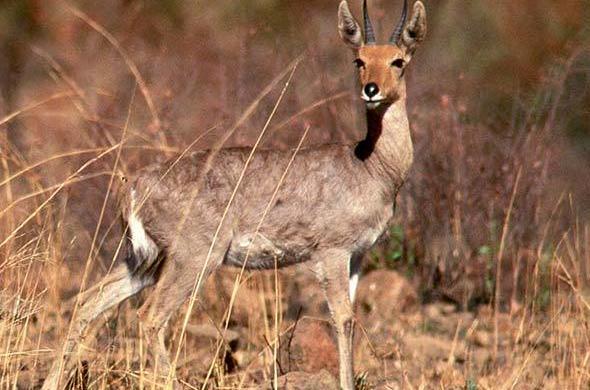
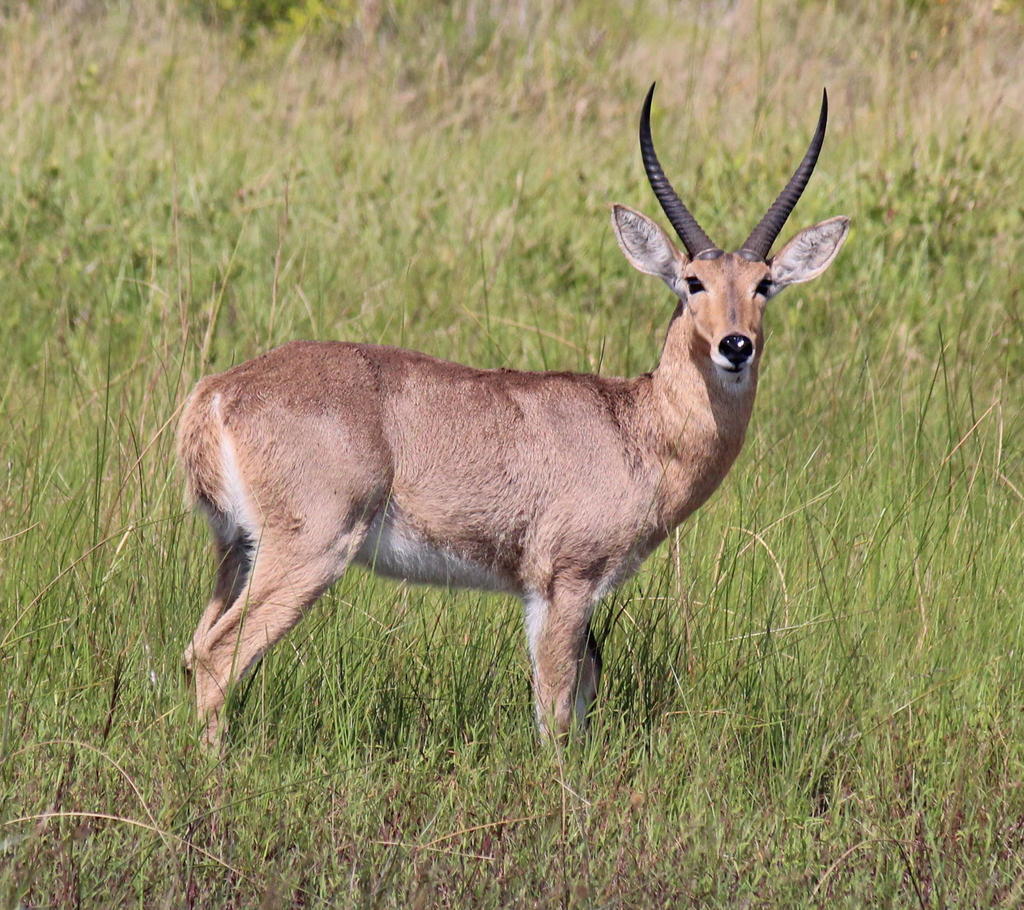
 Reedbuck is found in Southern Africa. It is a midsized
Reedbuck is found in Southern Africa. It is a midsized  are found in a band across Africa, including areas of Eastern, Central and Western Africa.
are found in a band across Africa, including areas of Eastern, Central and Western Africa.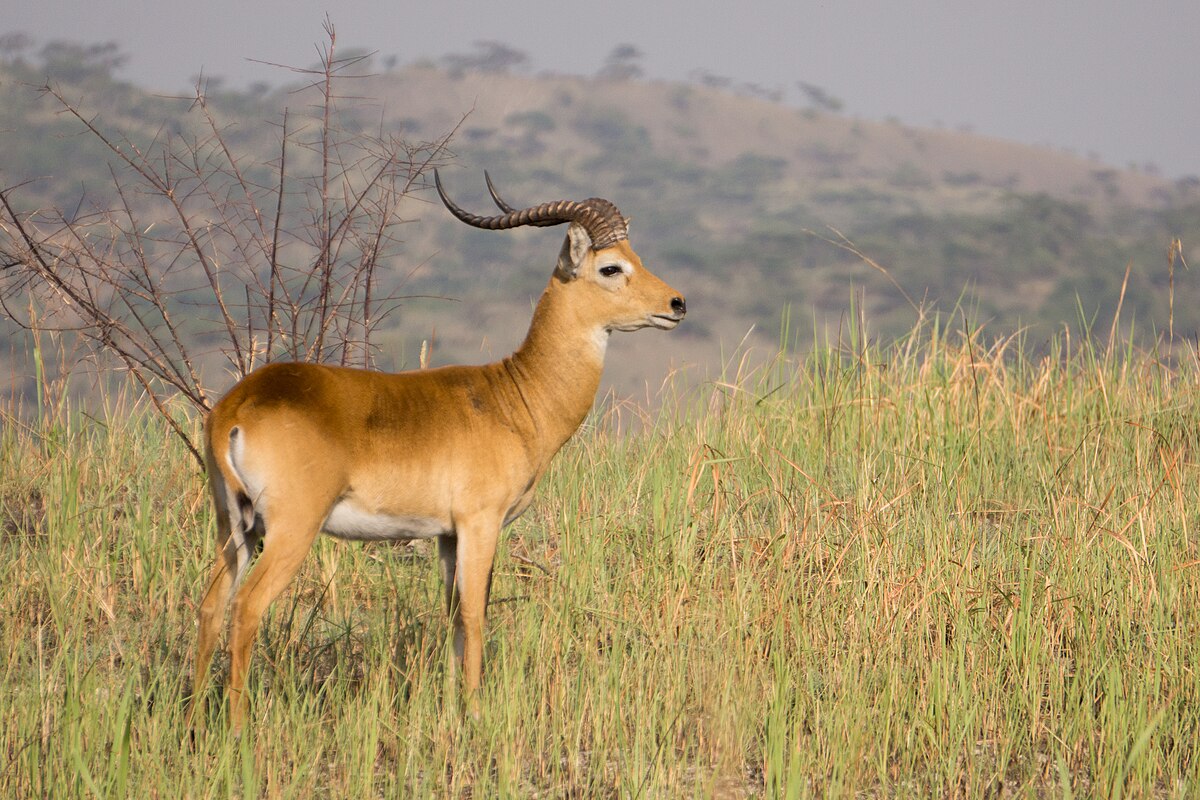
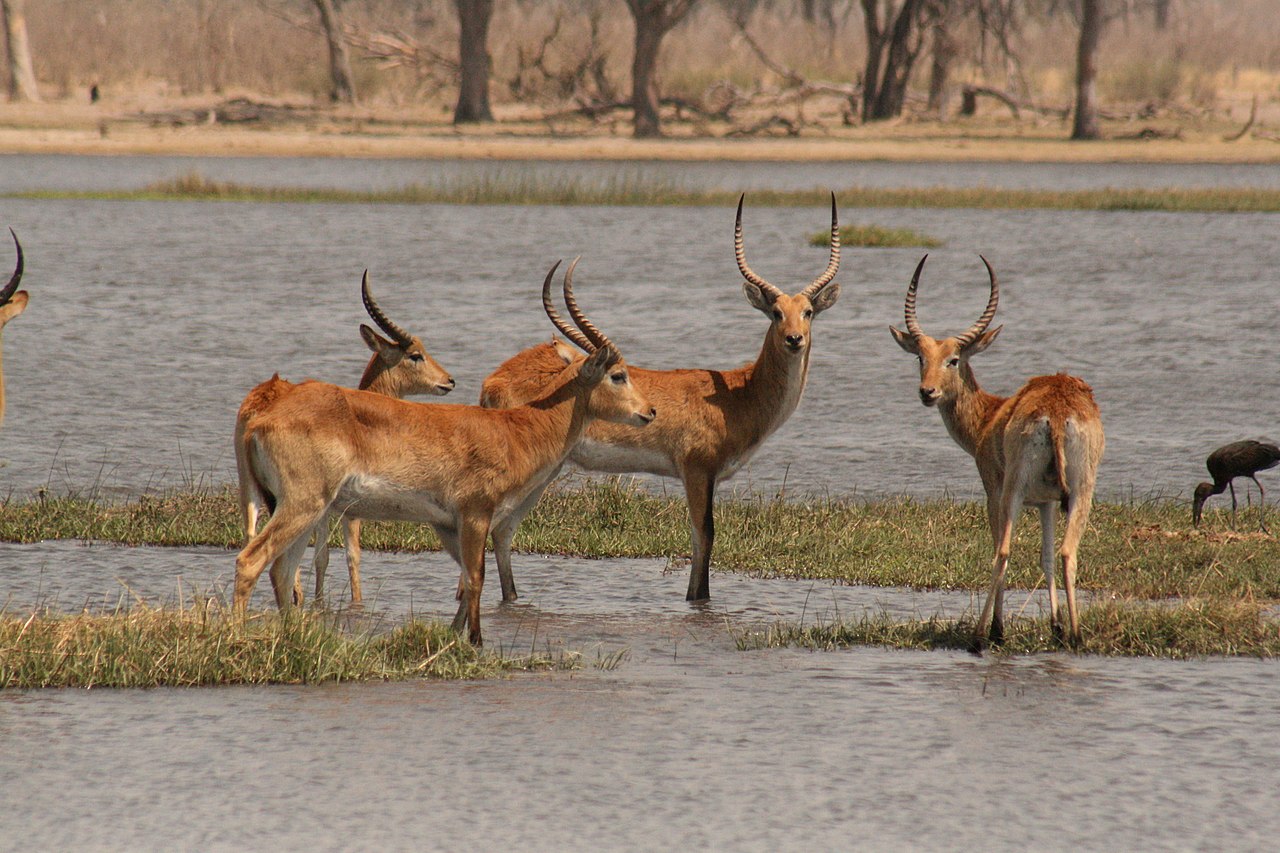
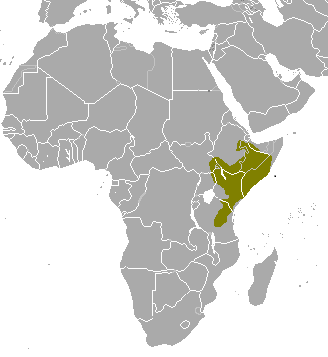
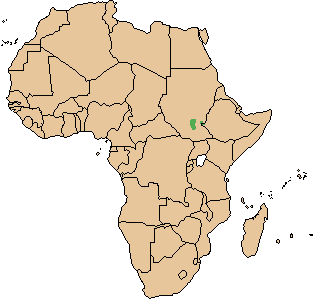 The Nile lechwe or Mrs Gray’s lechwe is an endangered species of antelope found in swamps and grasslands in South Sudan and Ethiopia.
The Nile lechwe or Mrs Gray’s lechwe is an endangered species of antelope found in swamps and grasslands in South Sudan and Ethiopia.